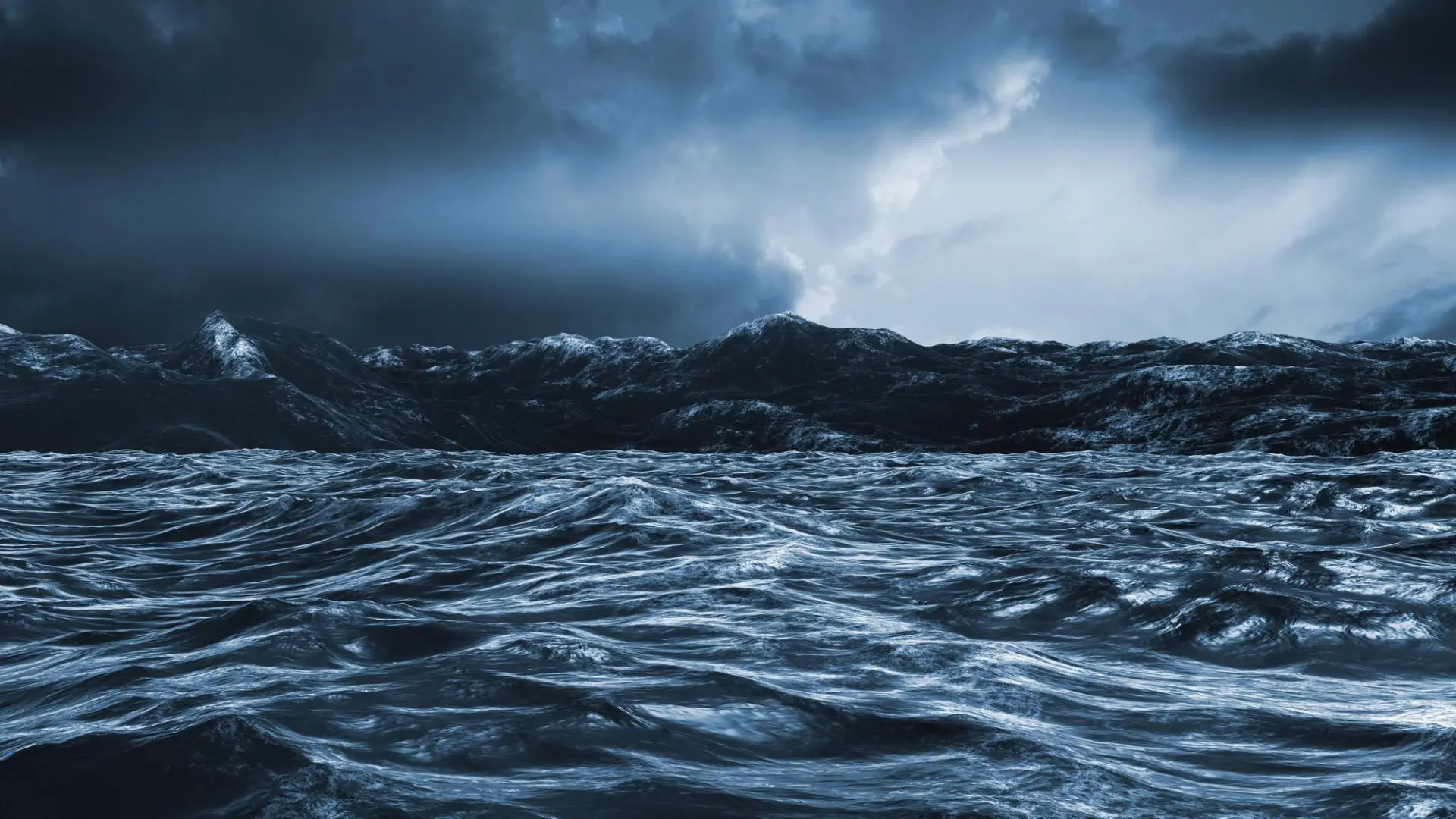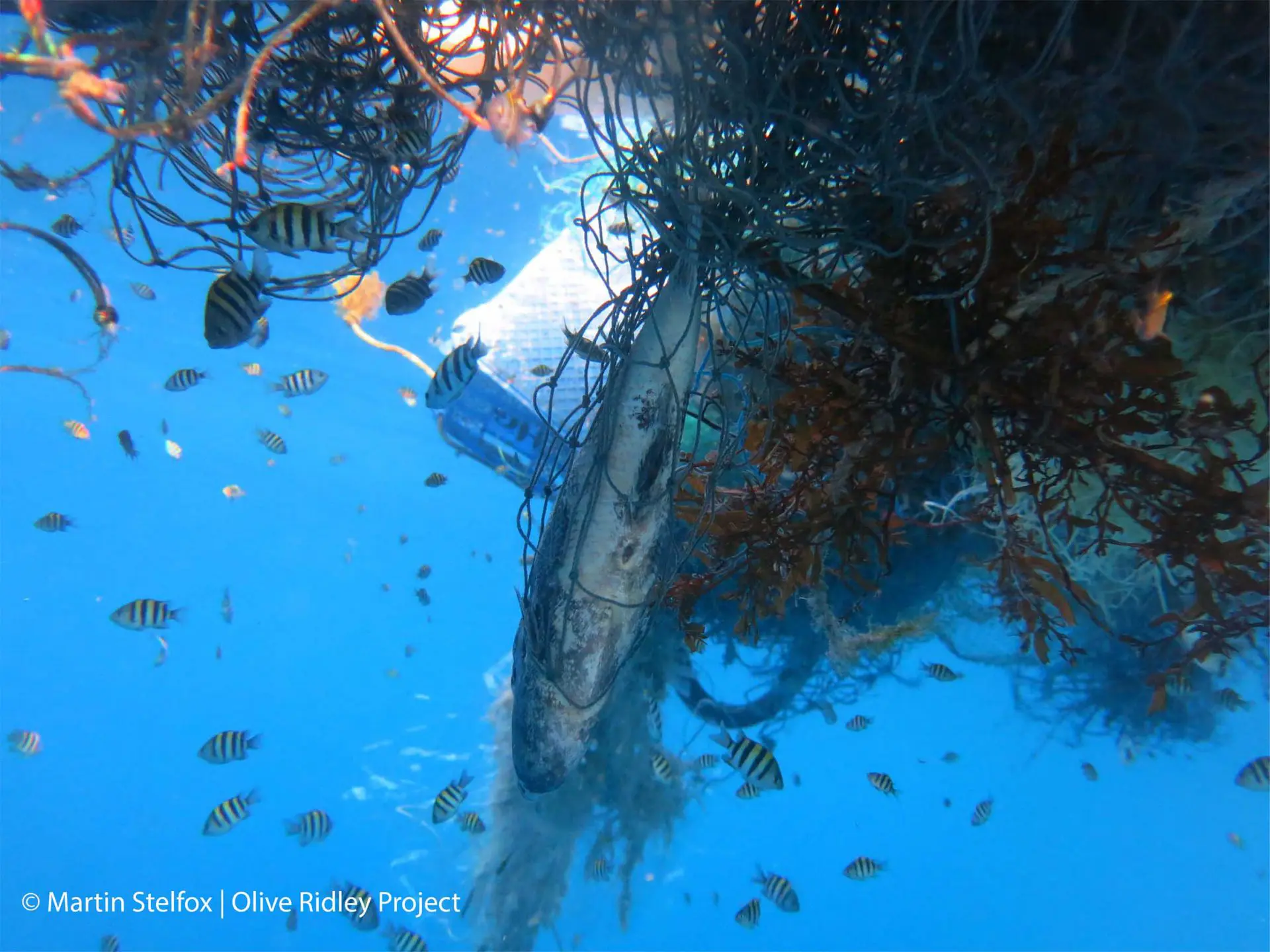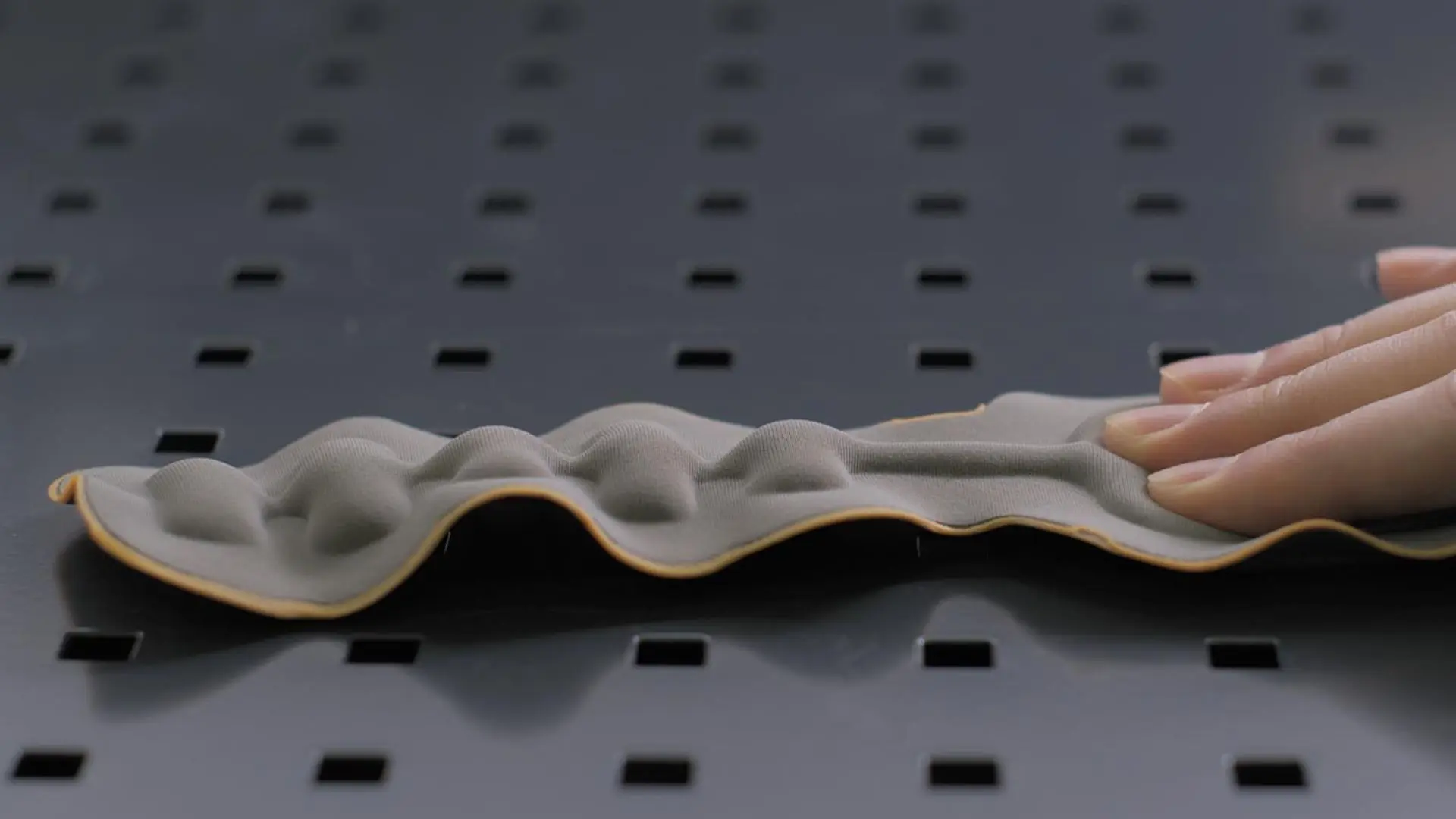World Ocean Day: 7 oceans’ problems to solve in your next design project!
The ocean covers over 70% of Earth’s surface playing a vital role for all life on our planet which we are destroying at our own risk.

On June the 8th we celebrate World Ocean Day to raise awareness for the beauty, role and problems of the blue heart of our planet.
For the occasion, we planned to make a list of design projects that are helping to tackle the multiple problems faced by our open seas, but aside from designs made with plastic collected from the ocean, we did not find much!
We were disappointed but at the same time we knew what we had to do: ask our design audience to put their brains to work and design solutions!

So here is a list of ocean problems waiting for a design solution:
If you are interested in discovering one of the solutions tackling the huge plastic pollution problem, we talked about The Ocean Cleanup, the nonprofit environmental organization taking care of the largest plastic cleanup in history.
“We still have a really good chance to make things better than they are. They won’t get better unless we take action and inspire others to do the same thing. No one is without power. Everybody has the capacity to do something.”
With the words of ocean protection pioneer Dr Sylvia Earle in mind, are you ready for some problems?
Buckle up, here we go in no particular order!
Problem #01: Oil Spills
Oil spills caused by damaged tankers, pipelines, or offshore oil rigs often result in immediate and long-term environmental damage that can last for decades.
Oil spills coat everything they touch, making entire areas unsuitable as wildlife habitat.

Problem #02: Microplastic pollution
While technically microplastic pollution is part of the broader issue of plastic pollution, it’s mostly unaddressed and unexplored by the design community.
As the name suggests, these are tiny pieces of plastic that break from larger ones or from our synthetic clothes.
These plastics then get eaten by small fish and enter the world’s food chain, eventually affecting our alimentation with still mostly unknown consequences.
Discover how designers are experimenting with innovative materials to save oceans, don’t miss Material exploration towards a smarter environment with Alex Schofield.

Problem #03: Acidification
The ocean absorbs as much as one-third of the CO2 emitted worldwide, which keeps us cooler but changes its chemical composition, making the ocean more acidic.
Oceanic acidity has increased by 25% since the industrial revolution, and will eventually destroy much marine life from corals to oxygen-producing plankton.
Problem #04: Bycatch
Bycatch is the incidental capture of non-target species such as dolphins, marine turtles and seabirds.
According to some estimates, global bycatch may amount to 40% of the world’s catch, totalling almost 30 million metric tonnes per year.
The unintentionally caught animals are usually thrown back into the sea, either dead or dying, bringing entire species and habitats closer to extinction.
Problem #05: Ocean floor destruction from bottom trawling
Bottom trawling is the most destructive of any actions that humans conduct in the open sea, using heavily weighted nets that are dragged across the ocean floor like a bulldozer.
Everything in the path of these nets is disturbed or destroyed, including seagrasses, coral reefs or rock gardens where fish hide from predators.
Its devastation can even be visible from space!

Problem #06: Fish Farming
Fish farming, or aquaculture, is the growing response to the depleting wild fish stocks it currently supplies nearly 50% of the world’s fish food supply.
While it provides a more sustainable form of fishing, it has a number of problems of its own, including the growth and transmission of several diseases and the habitat damage that follows.
Also, most of the aquacultured animals are still fed with wild fish, making them still dependant on wild fishing for their own sustenance.

Problem #07: Ghost Fishing
Ghost fishing is caused when lost or discarded fishing gear continues to catch fish and other marine life.
Oftentimes, the traps trigger a chain-reaction problem when larger predators come to eat the smaller ones that have been ensnared, only to get tangled in themselves.
Interested to know about innovative solutions addressing oceans’ problems? Head to EARTH 300: A 984-foot atomic superyacht on a mission to save the world.

Designers, it’s time for action!
Now pick a problem and help to solve it while there is still time!
Design is a craft with tremendous power and equal responsibility to help create a better world for all.
I can understand the problems facing our planet and our oceans are incredibly complex and daunting to face but I believe young designers are getting braver and more willing to tackle them.
I hope the reader of this article is such a person!
We seriously need to reevaluate our purpose as designers, pay attention to the necessity and impact of what we help to create, stop the reverence for ethicless feckless design and start dedicating our time and skills to solve real-world problems!











